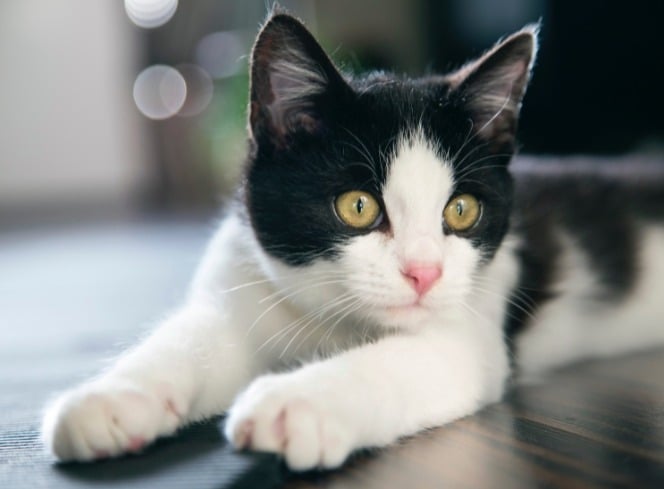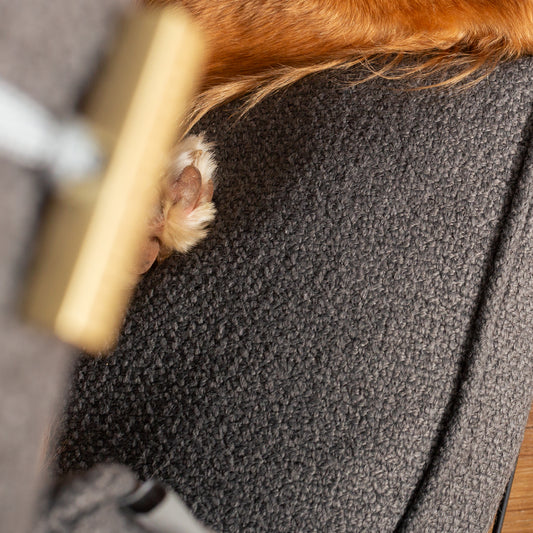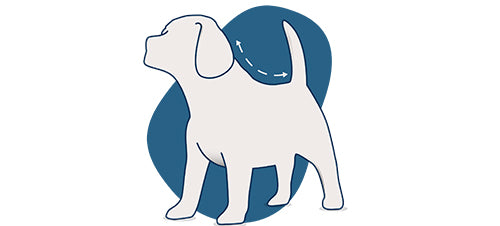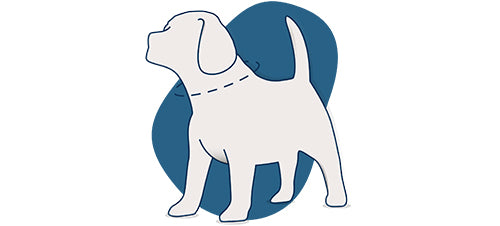If your dog has problems with mobility, suffers from a condition that impacts their movement or if they’re simply old, using a raised bowl could potentially reduce further damage and improve their ability to eat and drink. However, as with anything new you introduce into your dog’s life, it’s important that you know it’s safe and unlikely to cause harm to your furry friend before trying them with it.
In this blog, we explain whether your dog should eat from a raised bowl, highlight any potential dangers and offer advice on raising a dog bowl.
Should Dogs Eat From A Raised Bowl?
Using a raised dog bowl poses multiple potential benefits such as making your dog more comfortable while eating, slowing them down if they’re prone to eating or drinking excessively fast, preventing them from eating in unnatural positions or stopping the bowl from moving around if they have a tendency for playing with it. But before you try your dog with a raised bowl, it’s important that you know the facts and whether it could potentially be dangerous to your dog’s health.

Are Raised Dog Bowls Dangerous?
Before trying your dog with any new items, you will want assurances that there are no potential dangers. Raised dog bowls were designed to simplify the process of eating and drinking by bringing the food and water closer to your dog, reducing the amount of bending, stretching and leaning they have to do. Although raised dog bowls are effective in doing this, some may be concerned about the likelihood of bloat.
Do Raised Dog Bowls Prevent Bloat?
Commonly known as bloat, gastric dilatation volvulus is a condition in dogs that is caused by the stomach twisting after filling up with fluids, food or gas. It can often happen without warning, and if it goes untreated, it can be serious or even fatal.
Although the results from existing research are mixed, there are concerns that raised dog bowls could increase the risk of bloat. Various studies from trusted sources including the Journal of the American Veterinary Medical Association claim that cases of bloat could have been increased by the use of raised dog bowls. However, even studies that report negatively on the use of raised dog bowls state that cases of bloat only occurred in dogs that fit within certain criteria including dogs that eat or drink quickly, are middle-aged or old or come from litters of other dogs that have a history of bloat.
Do Big Dogs Need Raised Bowls?
For larger dogs, raised dog bowls make the process of drinking water easier as the water flows easier down their esophagus. It also puts less strain on their neck, and if they’re old or suffer from any physical conditions, it can reduce the pressure on joints and bones.
However, a concern with big dogs using raised dog bowls is that bloat is also more common with larger breeds. For example, a study from Purdue University into bloat in large dogs suggested that 52 per cent used a raised bowl. That said, this study was from the 1990s, and with little research since, it remains a topic that many are divided on.
In conclusion, bloat affects dogs of all sizes and can be caused by a number of factors. As such, if your dog fits into the criteria that should avoid raised dog bowls based on size, breed or age, it would be advisable to speak to your vet before using one with your dog. If you’re advised against giving your dog a raised bowl, there is a wide selection of traditional dog bowls to choose from.
How To Raise A Dog Bowl
If your pooch doesn’t fit into the criteria of dogs that should avoid raised dog bowls - or if you’ve had reassurance from your vet - you may be wondering how to raise your dog’s bowl.
When choosing a raised dog bowl, you should pick one that suits the height of your dog so it is square with their chest. It’s also important to bear in mind that, if your dog is particularly fond of their bowl, switching to a raised dog bowl won’t affect them using their bowl as you will only be choosing a frame that raises the bowl, meaning you can keep the same bowl.
If you want an accurate measurement, it would be advisable to measure them and compare their height with the heights of dog bowls you could consider using. However, as many raised dog bowls come in generic small, medium or large heights, the below measurements may suffice:
Raised dog bowl height:
Small breeds - between two and six inches
Medium breeds - between seven and 14 inches
Large breeds - between 15 and 20 inches




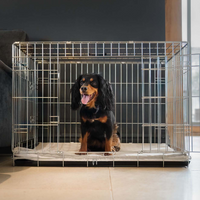



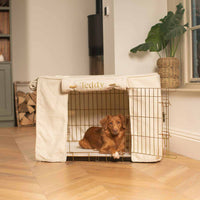
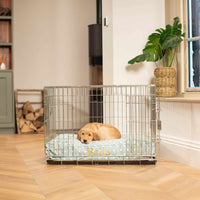
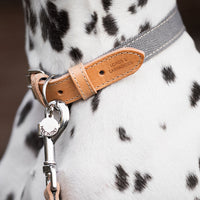


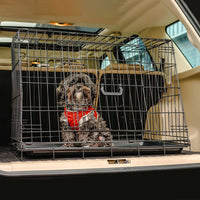
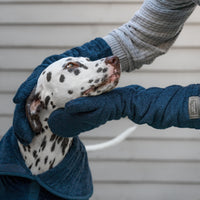
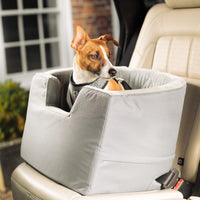
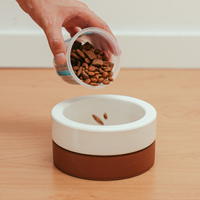
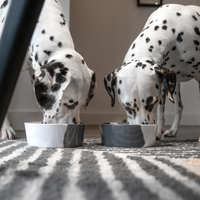
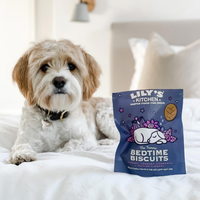

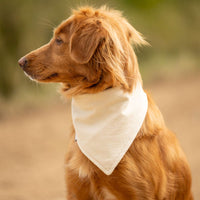
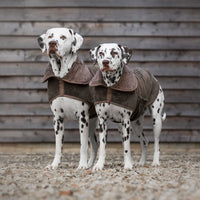
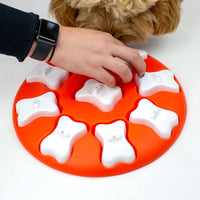
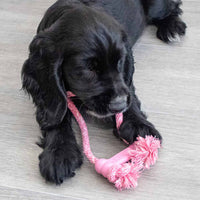
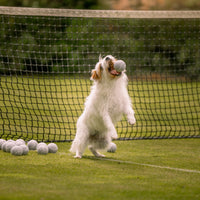
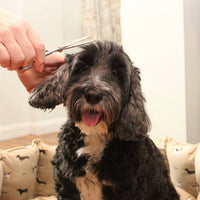


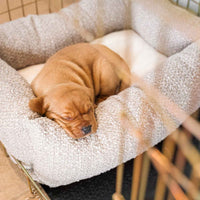
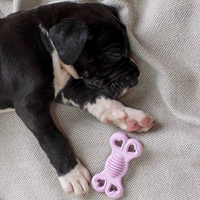
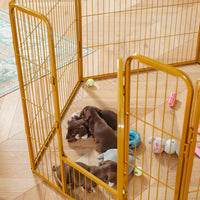



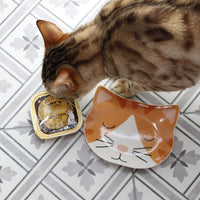

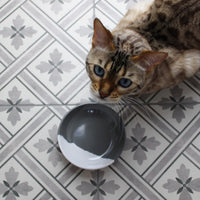
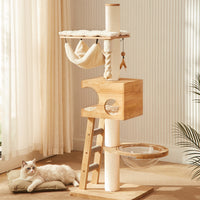

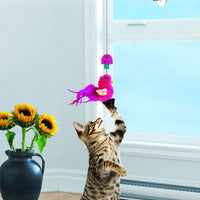
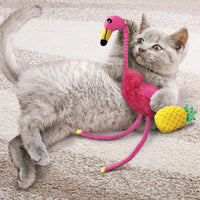
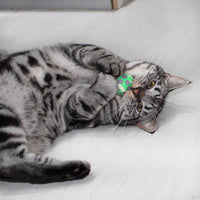
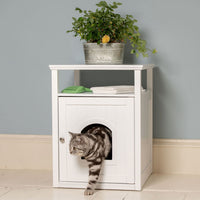
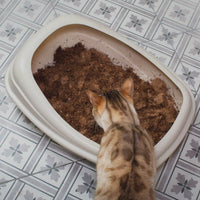
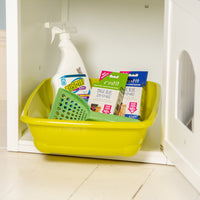
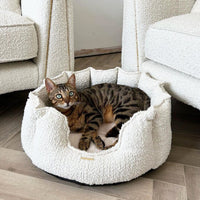
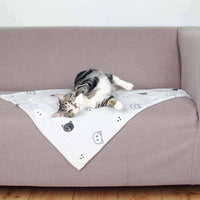
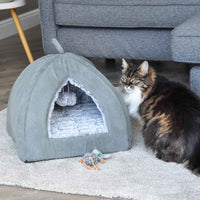
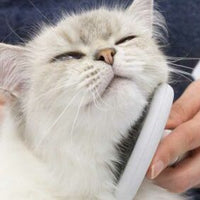
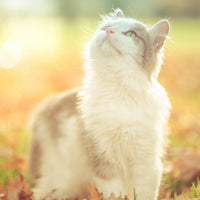
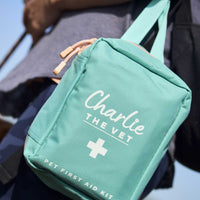
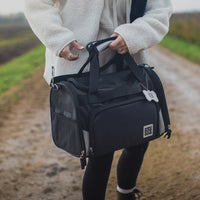





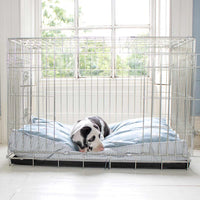
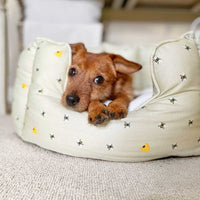
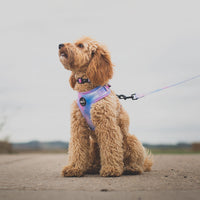
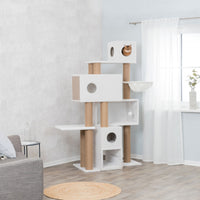
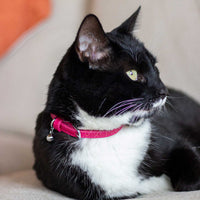






![[color:grey]](http://www.lordsandlabradors.co.uk/cdn/shop/products/Scruffs-Classic-Long-Eared-Dog-Bowl-3.jpg?v=1648565589&width=533)


